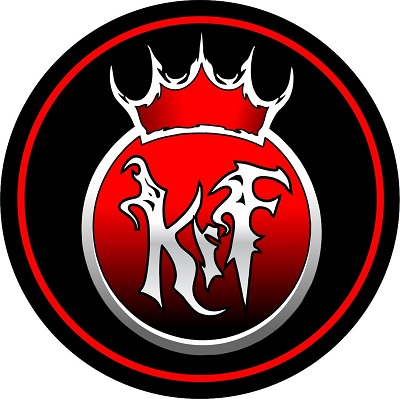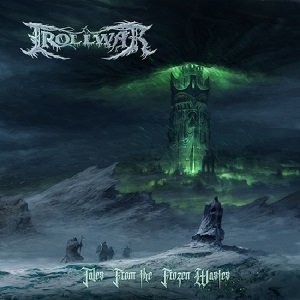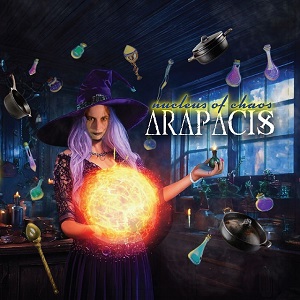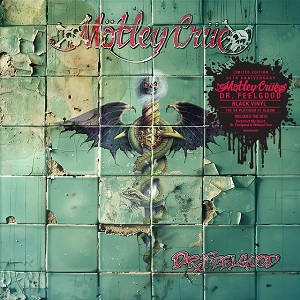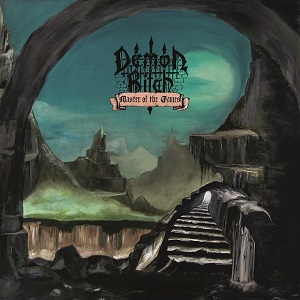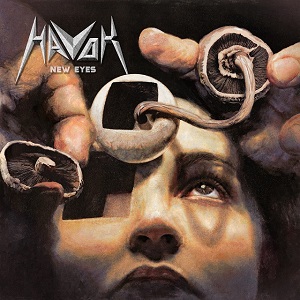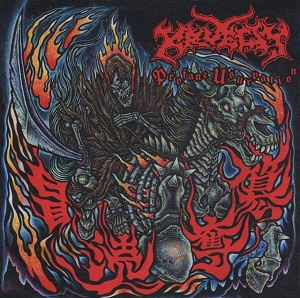LED ZEPPELIN Guitarist JIMMY PAGE On The Band's Continued Appeal - "It's Organic Music Where Everyone Is Playing Together; I Think It's A Great Legacy To Have"
May 19, 2019, 5 years ago

Play It Loud: Instruments Of Rock & Roll is an exhibition at the Metropolitan Museum of Art in New York, currently open now through October 1st, 2019. Seven of Led Zeppelin guitar legend Jimmy Page's instruments, a few costumes and some of his equipment, have been loaned to the exhibit, alongside dozens of guitars, drums and memorabilia from such legends as Chuck Berry, Jerry Lee Lewis, Bo Diddley and John Lennon. While visiting the exhibition in April, Page sat down with Movie TV Tech Geeks to discuss the band’s legacy, why its music has endured and prospects for another reunion concert. An excerpt is available below.
Movie TV: Both you and your guitar work for Led Zeppelin were way ahead of its time…
Page: "I’d like to think that it was, because the first album, I sort of knew, as we were doing the tracks, exactly how I was going to layer everything and the textures of them. There’s a variety of moods on Led Zeppelin I. So, again, it was me challenging and pushing as far as I possibly could, not even thinking of my limitations, just going beyond, beyond, beyond."
Movie TV: What do you think has kept Led Zeppelin catalogue alive for all this time?
Page: "It approaches so many different styles and moods and it’s very passionate. And it also very gentle. And it’s very hard. And it’s extremely dynamic. If anybody wants to be playing the guitar, the harmonica, the drums, the bass, the keyboards — well, it’s all there. And it’s organic music where everyone is playing together. I think it’s a great legacy to have produced, to be honest."
Read the complete interview here.
The first major exhibition in an art museum dedicated entirely to the iconic instruments of rock and roll went on view at The Metropolitan Museum of Art beginning April 8th. Play It Loud: Instruments Of Rock & Roll explores one of the most influential artistic movements of the 20th century and the objects that made the music possible.
“With its outstanding collection and comprehensive Department of Musical Instruments, The Met has for decades exhibited, celebrated, and contextualized the global artistic vision and extraordinary craftsmanship involved in developing musical instruments,” said Max Hollein, Director of The Met. “Play It Loud celebrates a formative chapter in 20th-century art and culture, and the extraordinary objects featured in this presentation convey the innovation, experimentation, passion, and rebellion at the heart of rock and roll. The exhibition allows us to appreciate the artistry of the instruments as well as their powerful role in the creation and expression of rock’s legendary sound and identity.”

The exhibition is made possible by the John Pritzker Family Fund, the Estate of Ralph L. Riehle, the William Randolph Hearst Foundation, Diane Carol Brandt, the Paul L. Wattis Foundation, Kenneth and Anna Zankel, and the National Endowment for the Arts. It is organized by The Metropolitan Museum of Art and the Rock & Roll Hall of Fame.
Organized thematically, Play It Loud explores how musicians embraced and advanced emerging technologies; the phenomenon of the “Guitar Gods;” the crafting of a visual identity through the use of instruments; and the destruction of instruments in some live performances, one of rock’s most defining gestures. The exhibition includes many of rock’s most celebrated instruments, including such guitars as Jimi Hendrix’s electric guitar “Love Drops,” originally decorated by him; Eric Clapton’s “Blackie,” Eddie Van Halen’s “Frankenstein,” Jerry Garcia’s “Wolf,” and Joan Jett’s “Melody Maker,” and drums from Keith Moon’s “Pictures of Lily” drum set. By displaying several rigs used in live performances and sound recordings, the exhibition also demonstrates how artists created their own individual sounds, and some 40 vintage posters, costumes, and performance videos illustrate key components of the musical movement’s visual style and impact.
Jayson Kerr Dobney, Frederick P. Rose Curator in Charge of the Department of Musical Instruments, commented: “Instruments are some of the most personal objects connected to musicians, but as audience members we are primarily used to seeing them from far away, up on a stage in performance. This exhibition will provide a rare opportunity to examine some of rock and roll’s most iconic objects up close."
Additional highlights of the exhibition include: Chuck Berry’s electric guitar ES-350T (1957), which was his primary guitar from 1957 until about 1963 and was used to record “Johnny B. Goode”; James Jamerson’s upright bass, which he likely used on many early Motown hits; Keith Emerson’s keyboard rig, consisting of the customized Moog Modular Synthesizer, electric tone-wheel organ, and rotary speakers; a reconstructed performance rig from Eddie Van Halen as it appeared onstage in 1978; Lady Gaga’s custom-designed piano, which she used in her performance of "ARTPOP" on The Tonight Show with Jimmy Fallon in 2014; Steve Miller’s electric guitar that was painted with psychedelic designs by artist Bob Cantrell by 1973; Stevie Ray Vaughan’s “Number One” composite stratocaster, which was his main instrument throughout his career; Tina Weymouth’s “headless” Steinberger bass guitar that she used extensively with Talking Heads and Tom Tom Club through the late 1990s; Keith Richards’s guitar known to have been used when the Rolling Stones appeared on The Ed Sullivan Show in 1966 and later hand-painted by Richards; St. Vincent’s electric guitar, which Annie “St. Vincent” Clark designed in collaboration with Music Man in 2015; and Jimmy Page’s dragon-embroidered costume (Los Angeles, 1975)—the elaborately hand-embroidered suit took over a year to complete and Page wore it during Led Zeppelin’s live performances from 1975 to 1977. The exhibition will also include a sculpture made from what was left of one of Pete Townshend’s electric guitars after he smashed the instrument during a photo shoot with Annie Leibovitz, published in Rolling Stone as “How to Launch Your Guitar in 17 Steps.”
Play It Loud: Instruments of Rock and Roll is accompanied by a fully illustrated catalogue. The catalogue is made possible by The Andrew W. Mellon Foundation, The Met’s Friends of Musical Instruments: The Amati, Nion McEvoy, and Joseph O. Tobin II.
In conjunction with the exhibition, The Met is offering a variety of programs, including a MetFridays evening celebrating rock and roll with performances, talks, lectures, screenings, and workshops on September 13th.
The exhibition will travel to the Rock & Roll Hall of Fame in November 2019. This is the second collaboration between The Met and the Rock & Roll Hall of Fame after Rock Style, which was presented at The Met in 1999.
Play It Loud: Instruments of Rock and Roll is co-organized by Jayson Kerr Dobney, Frederick P. Rose Curator in Charge of the Department of Musical Instruments at The Met, and Craig J. Inciardi, Curator and Director of Acquisitions of the Rock & Roll Hall of Fame.

